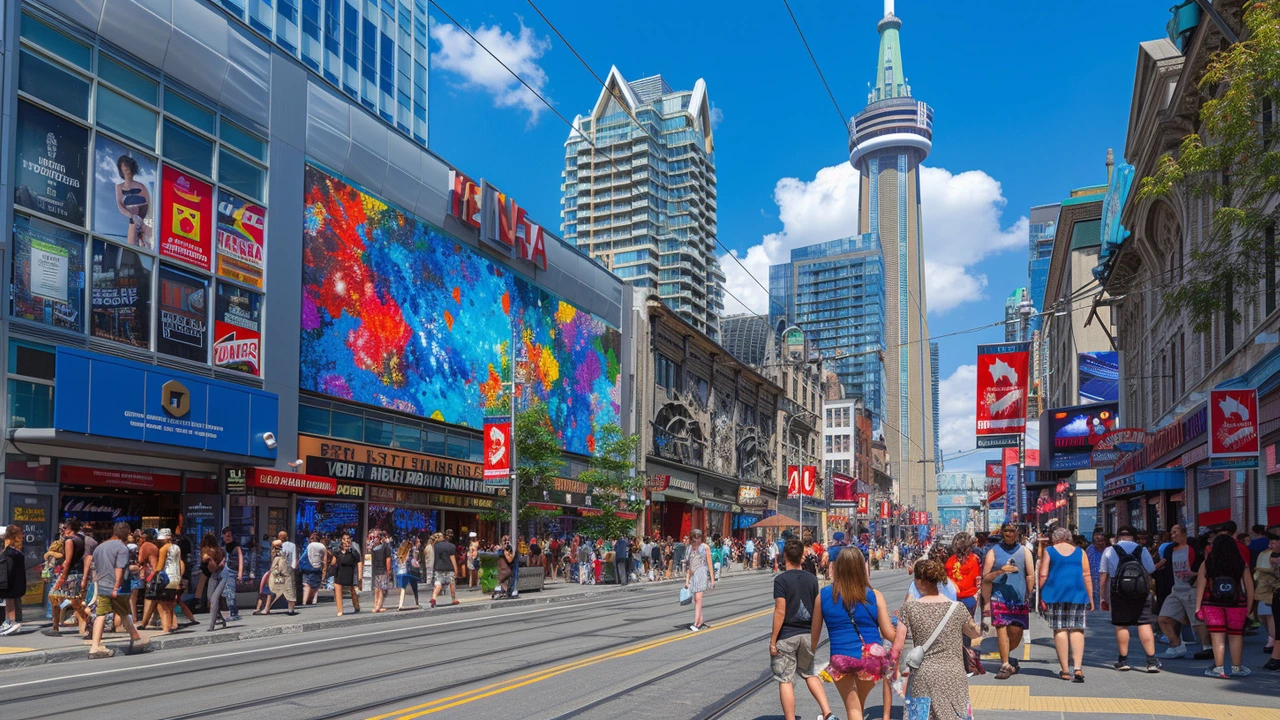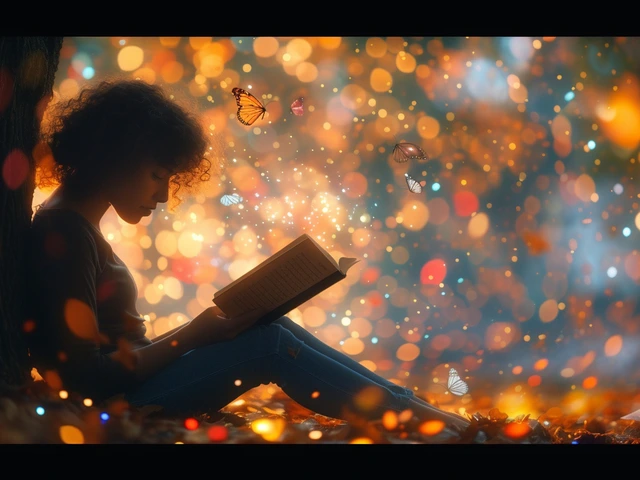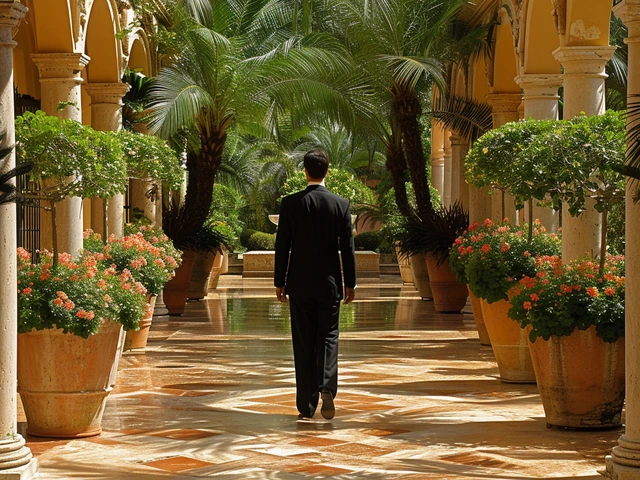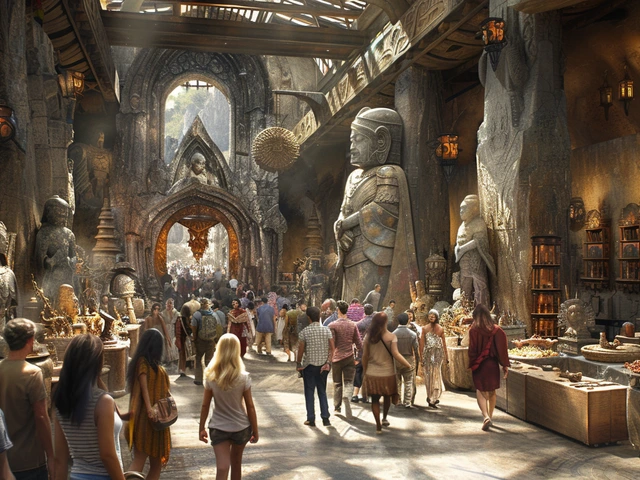Introduction: The Changing Face of Art
As a devoted pursuer of all things creative, I am always fascinated by the way art continuously evolves. Just like my turtle, Scooter, who seems to transform into a new creature after every hibernation period, the world of art too evolves, turning into something more appealing, immersive, and enlightening with every metamorphosis. This dynamic characteristic is what enhances art's ability to shatter stereotypes and challenge societal norms, lending a fresh perspective to our understanding of life.
The Power of Contemporary Art: Beyond Decoration
Not long ago, I found myself in the middle of a heated conversation with my parrot, Jazzy. Yes, you heard that right. Jazzy and I often engage in these lively debates. Of course, her contributions usually amount to squawks and whistles but that day, she seemed particularly keen on understanding the purpose of the strange, abstract painting I had just hung on the wall. But, did I mention? That’s Jazzy’s superpower - finding complexities in even the more abstract concepts.
Art has historically been categorised as the domain of the elites - a symbolism of class and sophistication. However, the advent of contemporary art smashes this elitist image. It steps out from the shadow of ornamentalism, transcending the boundaries of pomp and luxury. The role of contemporary art is no longer confined to providing aesthetics. It is a tool for societal introspection and a mirror for our collective conscience. It's the risk-takers, the disruptors, and the out-of-the-box thinkers that lead the way in this new age of artistic expression, using their work to address politically charged issues, cultural identities, and social norms.
Breaking Barriers: The Language of Contemporary Art
My life partner, Isla, an art therapist, often remarks, "Art is the language of the soul". Contemporary art adapts this language into its distinct dialect, allowing the artist to use a universal medium to address issues that hit close to home. It creates a platform for dialogue and changes the common social narratives, challenging the preconceived notions and stereotypes. Think of contemporary art as a polyglot, capable of speaking the language of those who have often found their voices suppressed.
Art and Activism: Painting Resistance
Let me share an incident from a few years ago. I had been to an art exhibition where a wall was covered with scribbled text. On closer look, it turned out to be a collection of derogatory terms often used against marginalized communities. At first, I was taken aback. But then, the organizer explained, the artist intended to expose the harsh reality of hate speech and its damaging effects. That was the day I realised the extent of the power wielded by contemporary art.
Contemporary art often collaborates with activism, painting a canvas of resistance. It's not merely about showcasing pretty sceneries or indulging in artistic fantasies; it's about realism, emphasising societal issues. From highlighting climate change to advocating gender equality, contemporary art serves as a mouthpiece for those campaigning for change.
The Global Artistic Village: Promoting Diversity
Sometimes, I think art is the ultimate social network. Without the need for wifi or usernames, it connects people across geographical borders and cultural differences. In an age where polarizing narratives often rule the roost, contemporary art strives to bridge gaps.
Contemporary artists are like the network administrators of the art world, promoting diversity and dialogue with their work. Witnessing such a confluence of cultures, perspectives and narratives is like experiencing a miniature artistic United Nations at work – a global village that thrives on the exchange and celebration of uniqueness.
Art Therapy: A Balm for Troubled Minds
Art is often perceived as a form of therapy, providing mental solace in times of distress. In fact, Isla uses art every day to help her clients navigate through their psychological battles. Contemporary art opens up avenues for expressing emotions beyond what is articulated verbally, enabling viewers to connect on a deeper level.
From installations speaking of collective grief to sculptures highlighting personal struggles, contemporary artists use their creations as a medium to empathise, comfort, and resonate with their audience, promoting psychological healing and well-being.
Conclusion: Changing Perspectives Through Art
In this ever-changing world where new trends emerge and old ones fade away in the blink of an eye, contemporary art stands tall as a resilient and progressive platform. It persuades us to perceive our surroundings differently, helps us to question the status quo, and empowers us to reframe our cultural narrative.
The goal of contemporary art, in essence, is to shatter the glass ceiling of stereotypes – dismantling them piece by piece, and in the process, encouraging the birth of a more inclusive and unbiased society, much like the Utopian world we all dream of. Perhaps the day isn’t far when the bold, intriguing canvas of contemporary art becomes the blueprint for our societal etiquettes and norms.



